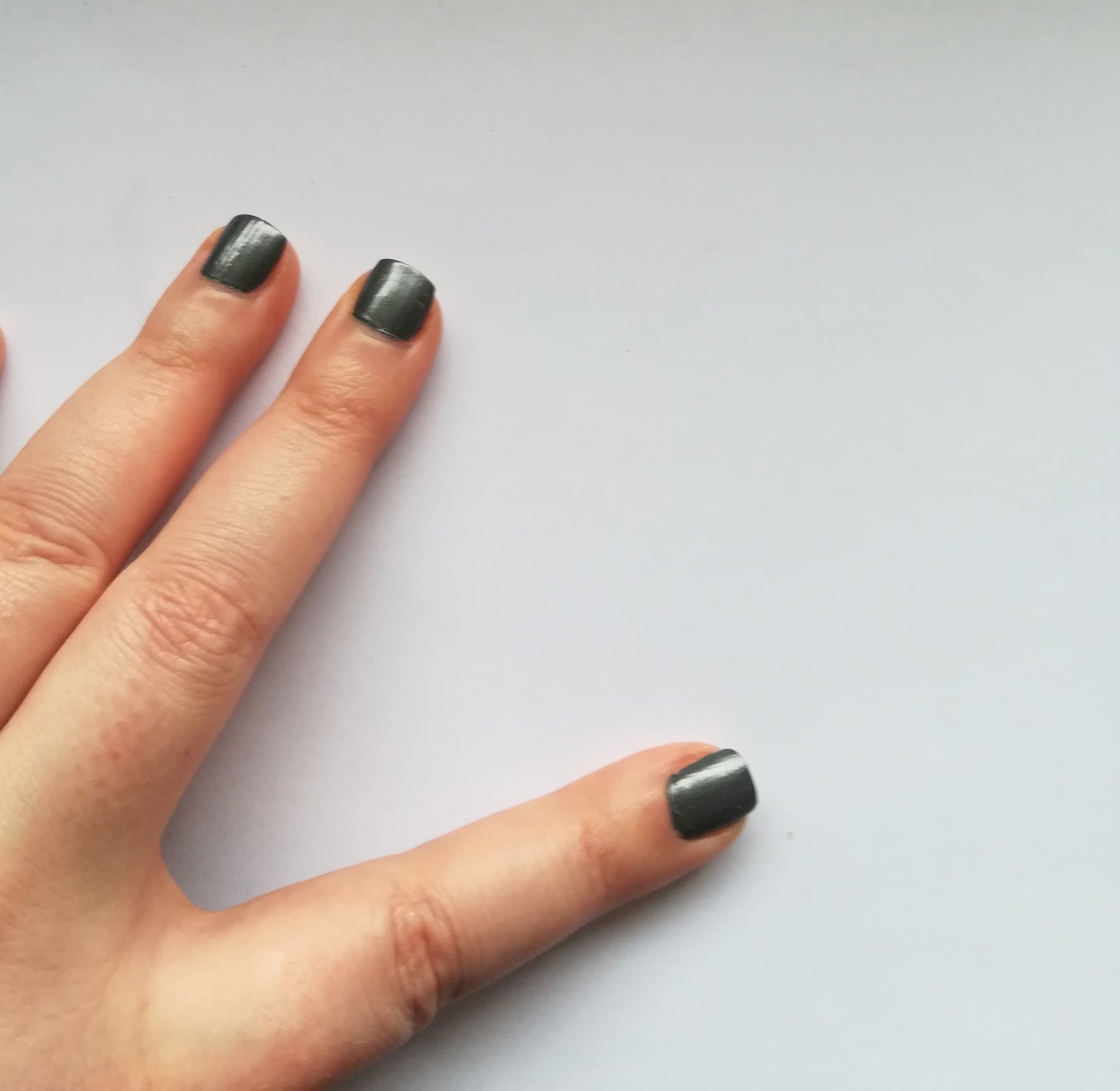Here is a collection of exercises that all focus on the space in between instead of the thing itself. It is easier to understand once you try it, so let’s jump right in.
The space between subject and object
Take a deep breath and let it out. Then look around and pick an object.
Check how high and wide it is, moving your gaze up and down.
Then try to see how far away it is. It can help to look down at the floor and follow a direct line from the item to where you are to get a better idea of the distance.
When you’ve got this, try to feel all the space that is between you and the object. Focus on just the space and not the object itself.
This exercise can help when we are in mild derealization where our perception of depth is impacted. It also helps when we see something scary and need to make sure that we can feel with our bodies how far away the scary thing is and that it cannot harm us. So much space between us. And even if it is little space, that is still space between us. It is not hurting us.
The space between body parts
 Pick two body parts. That could be anything, like your head and your feet or your index finger and your ring finger. Starting small, like with fingers, is easier.
Pick two body parts. That could be anything, like your head and your feet or your index finger and your ring finger. Starting small, like with fingers, is easier.
See if you can feel these body parts one after the other taking turns.
Then try to feel them all at once. Don’t judge how much you can or cannot sense. Just notice.
Now, move your attention to the space between these body parts. How far apart are they?
Notice the space between them the best you can. Stay there with your attention for a minute.
Some find it more helpful to look at the space, others get the best awareness with their eyes closed. If you can, try both and notice the differences.
When we are in mild depersonalisation this exercise can help us to reconnect to our perception of our body and supports grounding. To feel the space between we need to feel the body parts, but because our focus is not on the body and the possibly scary experiences it can hold, it can be easier to recover awareness. In the space between there is no trauma memory, it is neutral. The grounding effect is still there.
The space between us and our emotions
Take a deep breath and connect with what makes you you. Your sense of self or core.
Feel how this self is steady and present.
Then notice the emotion you are feeling right now.
See if you can find the places in your body where you can feel them and explore what that feels like. Only go as far as you can while staying regulated.
Now return to the awareness of your Self or core and try to sense the space between you and the emotion.
Pay close attention how these are 2 different things and not all the same. There is a space in between. For some it is tiny, for others it is vast. Notice the space without judging it.
This exercise can help you with disidentification when emotions seem unmanageable. We are not our emotions. There is a neutral space between our self and our emotion. When we focus on that space the emotion feels less overwhelming and we can regulate it. This is a basic principle of mindfulness, but it is rarely taught this way. When emotions feel far away, sensing the space in between can make them more tangible. They aren’t gone. Just at a distance.
The space between us and our thoughts
Take a deep breath and connect with what makes you you. Your sense of self or core.
Feel how this self is steady and present.
Now notice the thoughts that are troubling you. Maybe it is worry or self-judgment and maybe there is just a lot going on.
Notice how these thoughts are going through your head and how they fill your mind.
Now return to the awareness of your Self or core and try to sense the space between you and your thoughts.
Pay close attention how these are 2 different things and not all the same. We are not our thoughts, we have them. There is a space between who we are and what we think.
Take in how it feels to have a neutral space between yourself and your thoughts.
Sometimes we think ourselves into dysregulation or we keep ourselves there because we repeat certain ideas, judgements or worries. This exercise helps to disidentify with our thoughts. That alone can make a huge difference for self-regulation. It takes the focus away from the problem. Trying to control thoughts is hard but the focus on the space in between interrupts the cycle.
This is a bit of an usual way to approach mindfulness. It sometimes helps people who struggle with the regular instructions for grounding or observing.


Leave a Reply